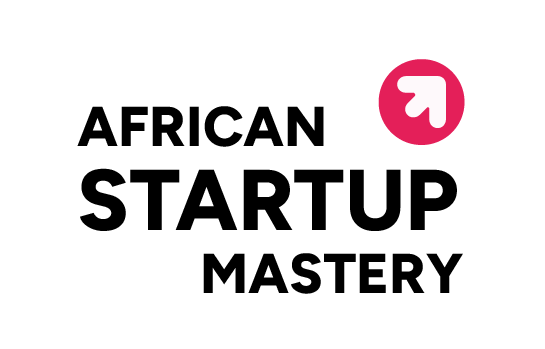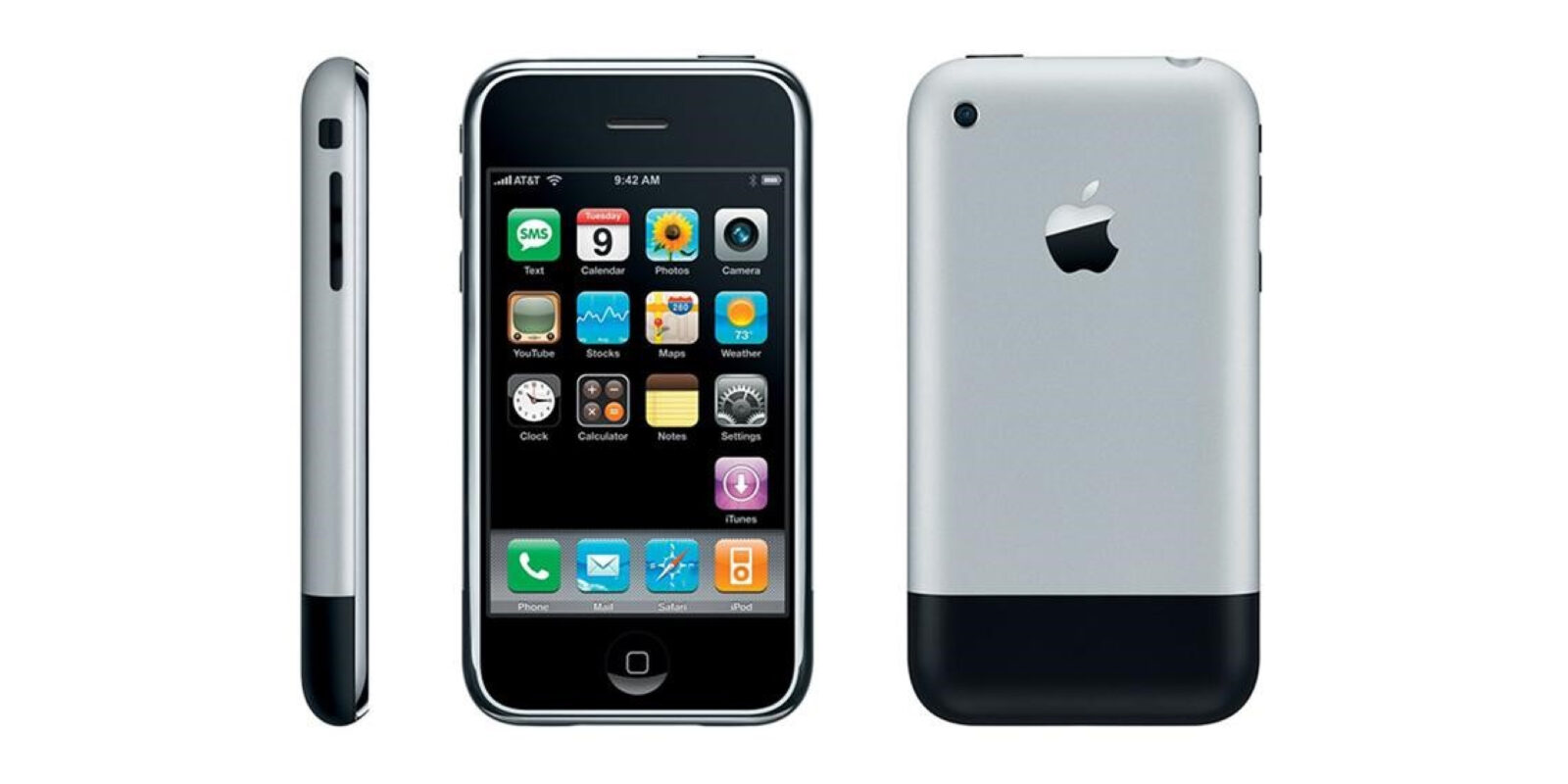Creating a Minimum Viable Product (MVP) is a vital step for startups looking to validate their ideas and gain traction. By focusing on essential features and gathering feedback early, startups can save both time and resources, increasing their chances of success.
This guide walks through the MVP creation process, drawing lessons from leading tech companies like Google, Facebook, and Apple.
Understanding the MVP Concept
A Minimum Viable Product is a basic version of a product designed to satisfy early users and gather feedback for future development.
The idea is to test assumptions about the market and your solution before spending resources on a fully-featured product that may not resonate with users.
Reid Hoffman, LinkedIn’s co-founder, said, “If you are not embarrassed by the first version of your product, you’ve launched too late.” Yet, finding the balance between speed and quality is essential—while the MVP doesn’t need to be perfect, it must offer real value to users.
Step 1: Start with Market Research
Before diving into development, it’s crucial to understand your target market and validate demand for your product.
Example: Google
When Larry Page and Sergey Brin founded Google, they started by analyzing existing search technologies. Their research helped them develop the PageRank algorithm, which became the core of Google’s superior search results.
To conduct effective market research:
- Analyze existing solutions and competitors.
- Conduct surveys and interviews with potential users.
- Identify unmet needs in the market.
- Define your unique value proposition.
Step 2: Define Your Core Features
Once you’ve confirmed a market need, the next step is to outline the essential features that solve the core user problem. Focus on “must-have” functionality, leaving the “nice-to-haves” for later iterations.
Example: Facebook

When Mark Zuckerberg launched Facebook in 2004, it had only a few basic features—user profiles, friend connections, and messaging on walls. These were enough to create a network effect and drive rapid adoption.
To define core features:
- List all possible features.
- Prioritize them using the MoSCoW method (Must have, Should have, Could have, Won’t have).
- Focus only on the “must-haves” for your MVP.
Step 3: Create User Personas and Map the User Journey
Building detailed user personas helps you understand your audience and how they’ll interact with your product. Mapping the user journey helps identify potential pain points and refine the experience.
Example: Apple

When developing the iPhone, Apple used user personas and journey maps to ensure an intuitive design. This focus on user experience was critical to the iPhone’s success, even though it lacked certain features available on other smartphones.
To create user personas and journey maps:
- Develop 2-3 personas based on market research.
- Map the steps each persona takes to achieve their goals with your MVP.
- Identify and address potential friction points.
Step 4: Choose the Right Technologies and Tools
Selecting the right tools and technologies is key to developing your MVP efficiently. Consider scalability, ease of use, and your team’s expertise when making decisions.
Example: Spotify

Spotify built its MVP in 2008 using C++ and Qt to deliver a fast desktop application. This allowed them to create a music streaming service capable of handling a vast library of songs while providing an optimal user experience.
To choose the right tools:
- Assess your team’s skills.
- Consider the scalability needs of your product.
- Opt for technologies that support rapid development and iteration.
Step 5: Build a Prototype
Before developing the MVP, create a prototype to visualize the product and test its usability. Prototypes can range from simple wireframes to interactive mockups.
Example: Airbnb

When Airbnb’s founders first tested their concept, they used a simple website to rent out their own apartment. This prototype validated the idea and allowed them to move forward with building the full platform.
To build an effective prototype:
- Start with low-fidelity wireframes to outline the structure.
- Use tools like Figma or Adobe XD to create interactive mockups.
- Test the prototype with users and iterate based on feedback.
Step 6: Develop Your MVP
Once the prototype is validated, it’s time to build the MVP. Focus on developing a functional product that delivers value, even if it lacks advanced features.
Example: Amazon

In 1995, Amazon launched as a simple website selling books. The MVP focused on a broad selection and an easy ordering process, allowing the team to test online retail before expanding into other categories.
To develop your MVP:
- Use agile development methods to iterate quickly.
- Implement only the core features defined earlier.
- Prioritize functionality over aesthetics.
Step 7: Launch and Gather Feedback
Once the MVP is ready, launch it to your target audience and start collecting feedback. This is a critical step in shaping the product’s future.
Example: Instagram

Instagram initially launched in 2010 as a simple photo-sharing app. Early feedback highlighted issues with speed, prompting the founders to focus on improving performance and adding features like filters, which fueled the app’s growth.
To launch and gather feedback:
- Conduct a soft launch to a select group of early adopters.
- Use analytics tools to track user behavior.
- Collect user feedback through surveys and social media.
Step 8: Analyze and Iterate
Use the feedback to analyze your MVP’s performance, identifying areas for improvement and guiding your next steps.
Example: Twitter

Twitter initially launched as a simple platform for status updates. As users organically started using the “@” symbol to mention others, the platform integrated this as a core feature, becoming essential to the Twitter experience.
To analyze and iterate:
- Review feedback to spot common themes.
- Analyze user data to see which features are most popular.
- Prioritize improvements based on user needs.
Common Pitfalls to Avoid
- Adding too many features: Stay focused on your core value proposition.
- Perfectionism: Your MVP doesn’t need to be flawless—launch early and iterate.
- Ignoring feedback: The MVP is about learning. Be open to criticism.
- Skipping prototyping: Prototyping can save time by identifying issues early.
Conclusion
Building an MVP is an essential part of any startup’s journey. By focusing on your core value proposition and learning from user feedback, you can create a product that resonates with your audience and sets the foundation for growth.
Follow the steps outlined here and take inspiration from successful companies to build an MVP that drives your startup’s success.
Share this article!


Leave a Reply